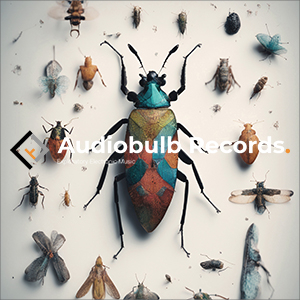Dark undertones and intricate percussion riffs dominate this album that starts off ominous in the first half and in the second part shines with rays of light and majesty poking through the heavy clouds.
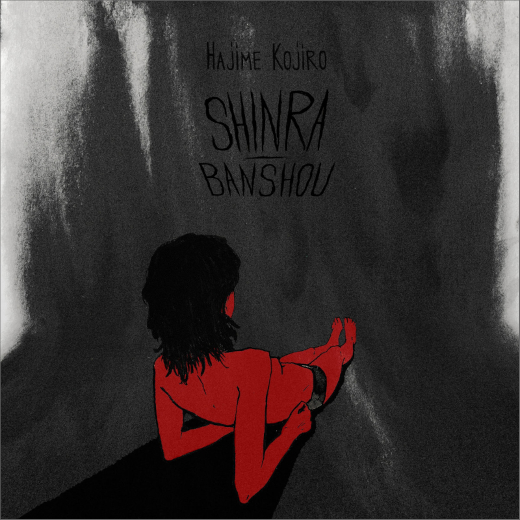
A persistent haze of distortion
Dark undertones and intricate percussion riffs dominate this album that starts off ominous in the first half and in the second part shines with rays of light and majesty poking through the heavy clouds. Along the way, a number of other moods are touched on, like someone with borderline personality disorder cycling through a series of ups and downs, but in a fun way. This is the good side of mania and ADHD that brings with it a wild and unpredictable energy.
There is a persistent haze of distortion in the first five pieces, a never quite absent unsettled tone, a queasy feeling always present just below the surface of these songs that none-the-less sparkle with an element of playful nonsense. “Methusaleh” kicks things off with dragging chains and the warble of old tapes, the biological textures of something viscous and Lovecraftian.
“Phantom Energy” shows off Haijime’s chops as a drummer. Like the album itself, but on a smaller scale, it seems to be broken up into three movements. They leave me feeling at once excited, then anxious, then mellow and hopeful again. “Drop on the Grass” has an almost sinister edge, but there is also something impish and mercurial going on. He captures an element of whimsy that doesn’t take itself too seriously, allowing for fantastical elements to come in, giving these works a splash of glitter above the glitch.
When I looked up the album title Shinra Banshou (森羅万象 Shinrabanshō) I come across a manga wiki fan-page saying it means “All things in nature.” Manga is something I have only the slightest clue about, but apparently this work is named after a being in the series Nabari noOu (or perhaps a being from Shinto?). Shinra Banshou contains all the world’s knowledge in the world of Nabari, and many people are hunting this entity down so they can control the world (it’s an old plot). Whoever can master this being will become the true king of the land known and bring peace to the ninjas. Or so the wiki says.
Many different emotions ::
This jibes with some of Hajime’s ideas when they were crafting the album. “I was thinking that quantum mechanics has always existed as a separate entity, but now that we know both the theory of relativity and the theory of superstrings, we can calculate 9 dimensions and try to shove infinity into a tiny brain – but the paradox lies in the fact that it was us that came into existence, not our knowledge.” This might be one way of explaining all the disparate elements that somehow fuse together here. The paradoxes between the many different emotions he seems to tap into and cycle through.
His music has also been described as Burzum in a kabuki theater and wedged dead center in the album is a track that Burzum himself might be proud of. It’s metal of the blackest kind and stands out from the rest of the music. The song “Illness (Live ver)” kind of spells it out. Here the listener must wrestle with spiritual sickness. Or at least put on some corpse paint while the doom unfolds. Solid bass lines and throbbing drums evoke bleak horizons and grey skies. This might be my favorite track on this release, and I’d happily listen to a whole metal album from Hajime.
The following tracks on the far side of “Illness” make up a more positive, less distorted, half of the album. “Humankind” is a drummers dream, a joy of interlocked rhythms, percussion sources, and tempos. “Summer Night” could be a leftfield rave banger while “Graviton” starts with synthesized voices and drifts into nebulous abstraction. We are moving into cosmic waves here at the end. A strong distorted pulse emerges towards the end of the song, like a Morse code key being tapped on-and-off, a message being cast out into the stars.
Shinra Banshoe is available on Mestnost. [Bandcamp]










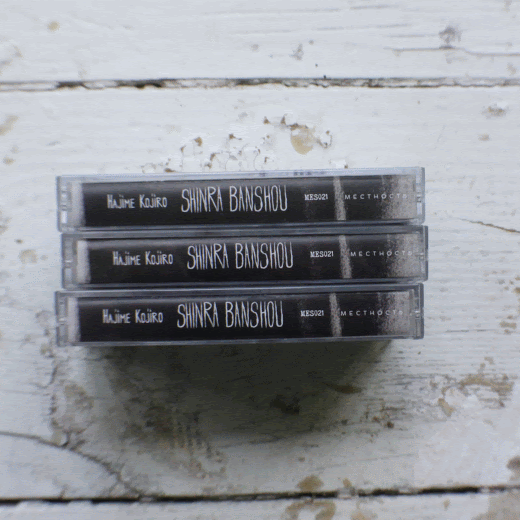
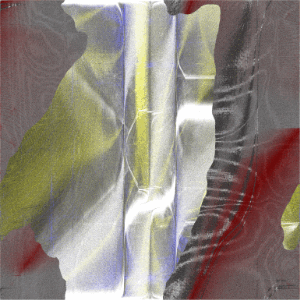
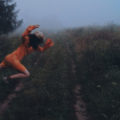
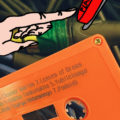
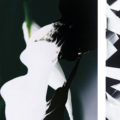

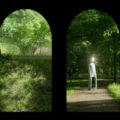


![Pole :: Tempus Remixes (Mute) — [concise]](https://igloomag.com/wp/wp-content/uploads/2025/04/pole-tempus-remixes_feat-75x75.jpg)






![Hasbeen :: Bunker Symphonies II (Clean Error) — [concise]](https://igloomag.com/wp/wp-content/uploads/2025/04/hasbeen-bunker-symphonies-ii_feat-75x75.jpg)
